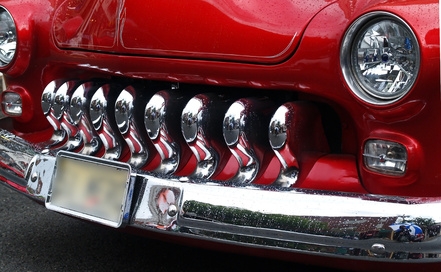
In the stressful process of buying or selling a car, the final steps of properly closing the sale can be handled easily and stress-free compared to the act of advertising and marketing or searching for and examining the car. The three essential steps in closing a car sale are easily remembered using the acronym TRI, itself a prefix meaning “three.” “T” stands for “Title;” “R” stands for “Receipt;” and “I” stands for “Insurance.” Though there can be more than these three steps in the process, transference of these items are the minimal steps required to buy or sell a car.
Contact the Department of Motor Vehicles in your state to determine if there are any specific state requirements for closing a car sale in your area.
Transfer the title of the car from the previous owner or dealer into your name if you are the buyer. This must be notarized by someone authorized as a notary public. If you’re buying your car from a dealer, they will typically be able to conduct the title transfer on the premises. If you’re buying your car from a private seller, you and the seller will need to visit a notary public or a local AAA office. This is the T step.
Record the odometer reading and place this number on the bill of sale or receipt of purchase. If you are the seller, this will limit your liability in case the new driver gets into an accident. If you are the buyer, this will ensure that you have proper documentation of the car’s condition when you purchased it. This is the R step.
Exchange any further paperwork regarding repairs and maintenance of your car. This includes receipts for items such as batteries and tires, which may have warranties the new owner could use.
Handle the insurance of the car. If you are the previous owner, this means canceling the existing policy. If you are the new owner, this means establishing a new policy. This is the I step.